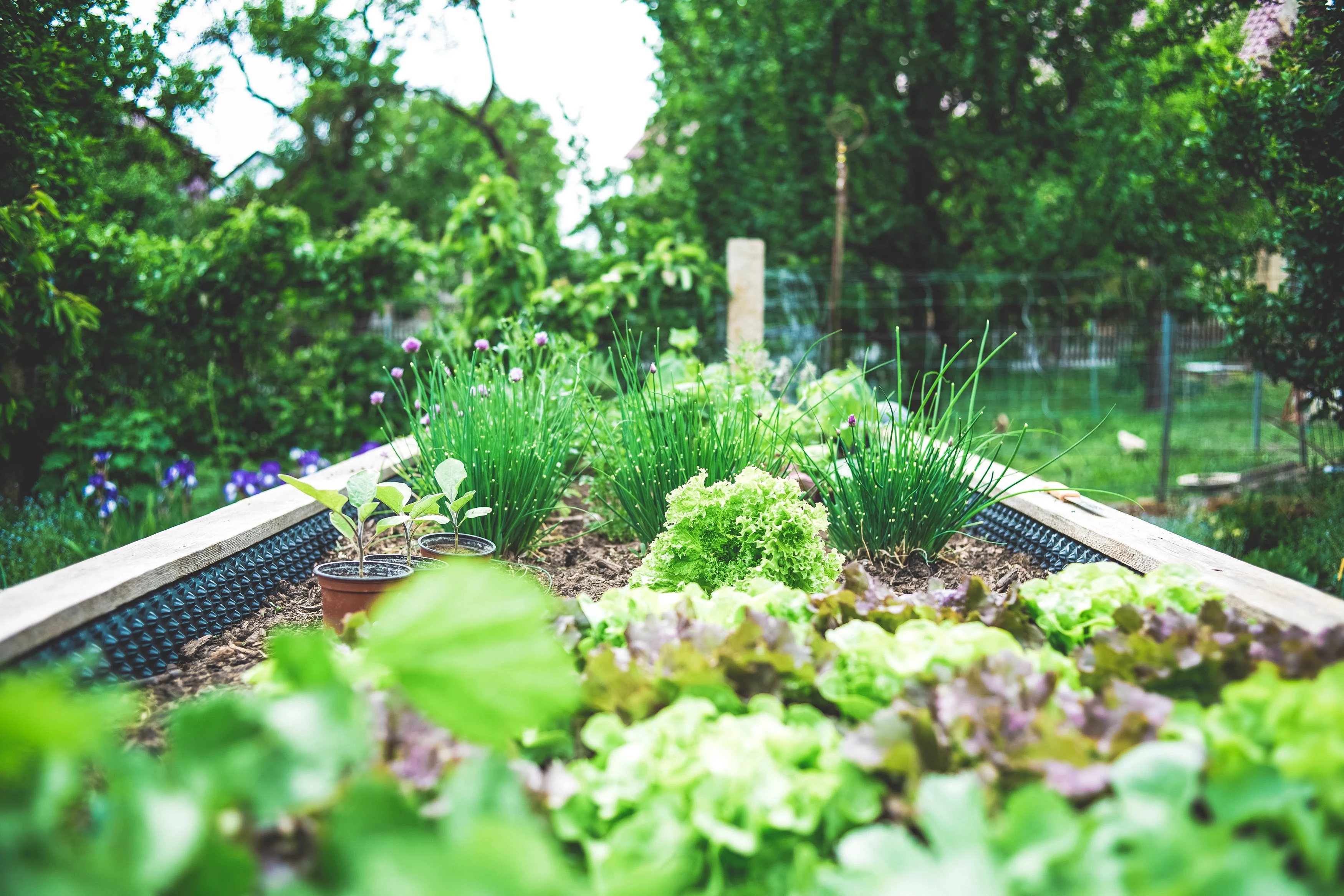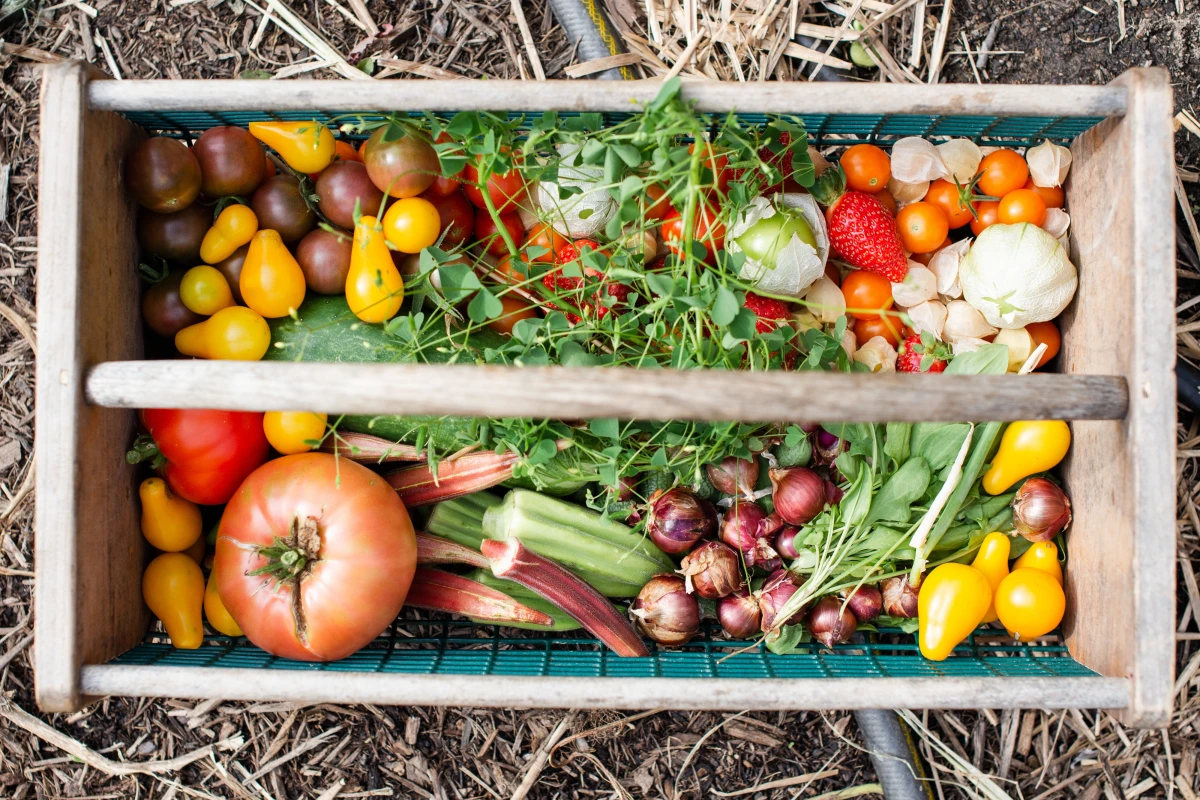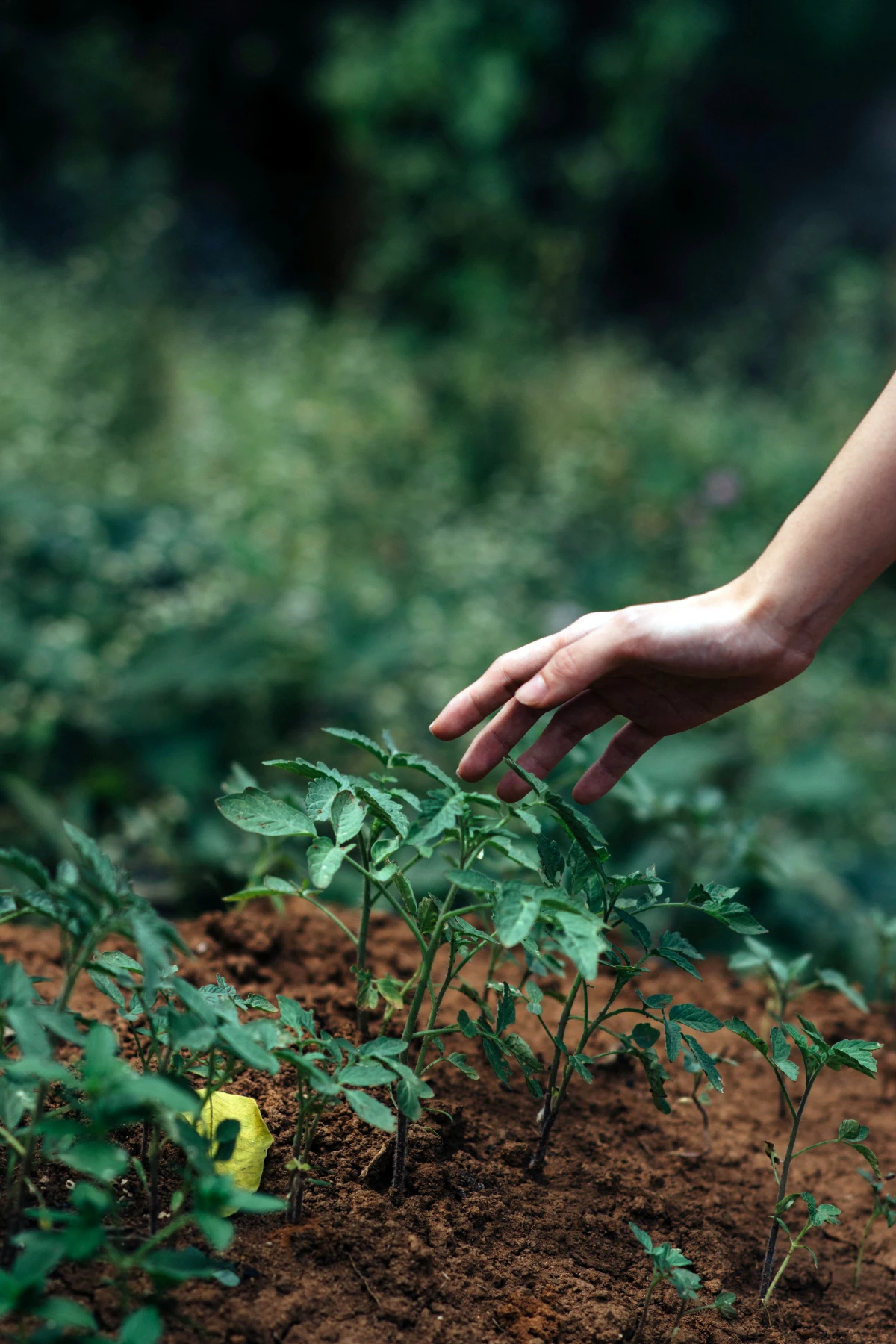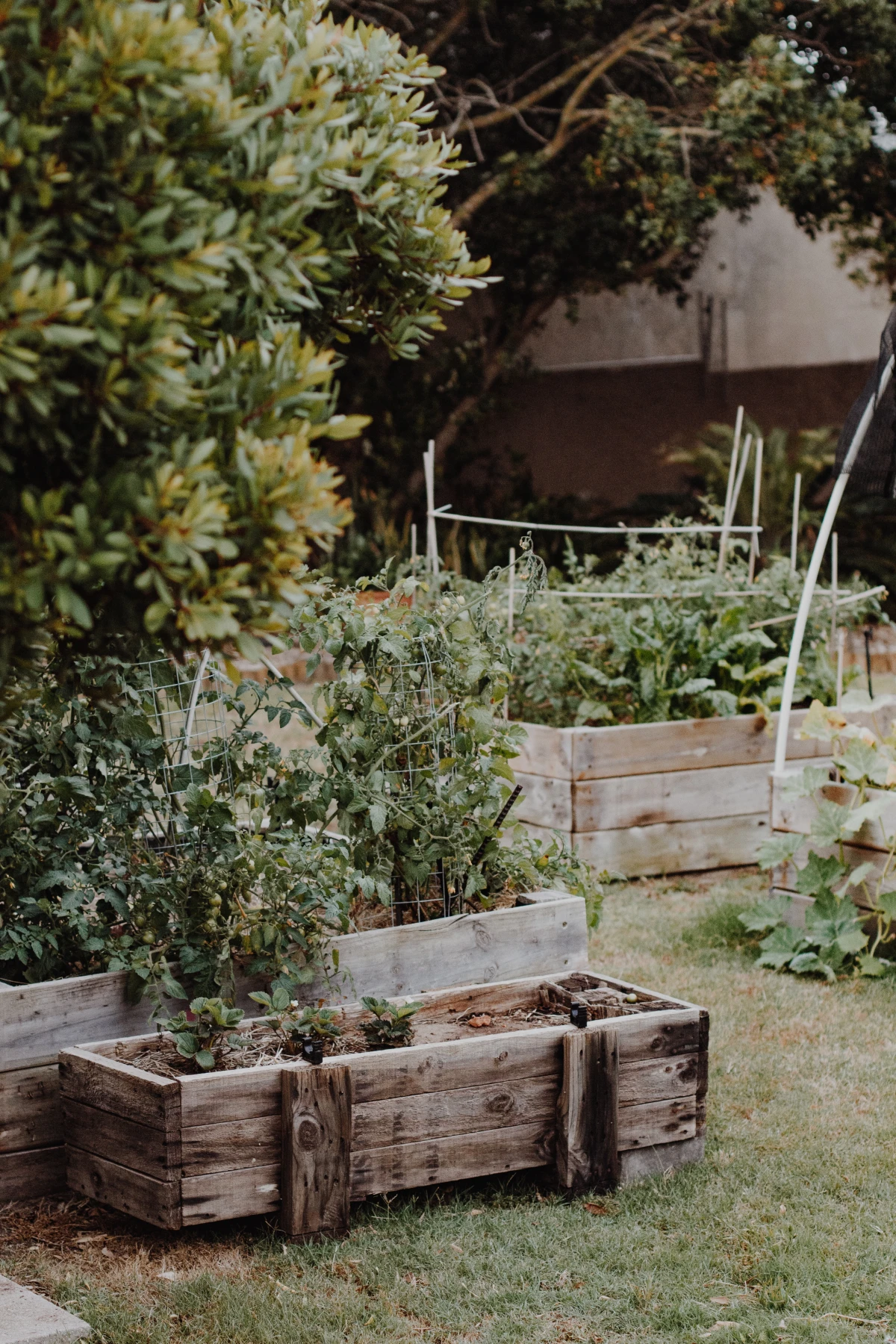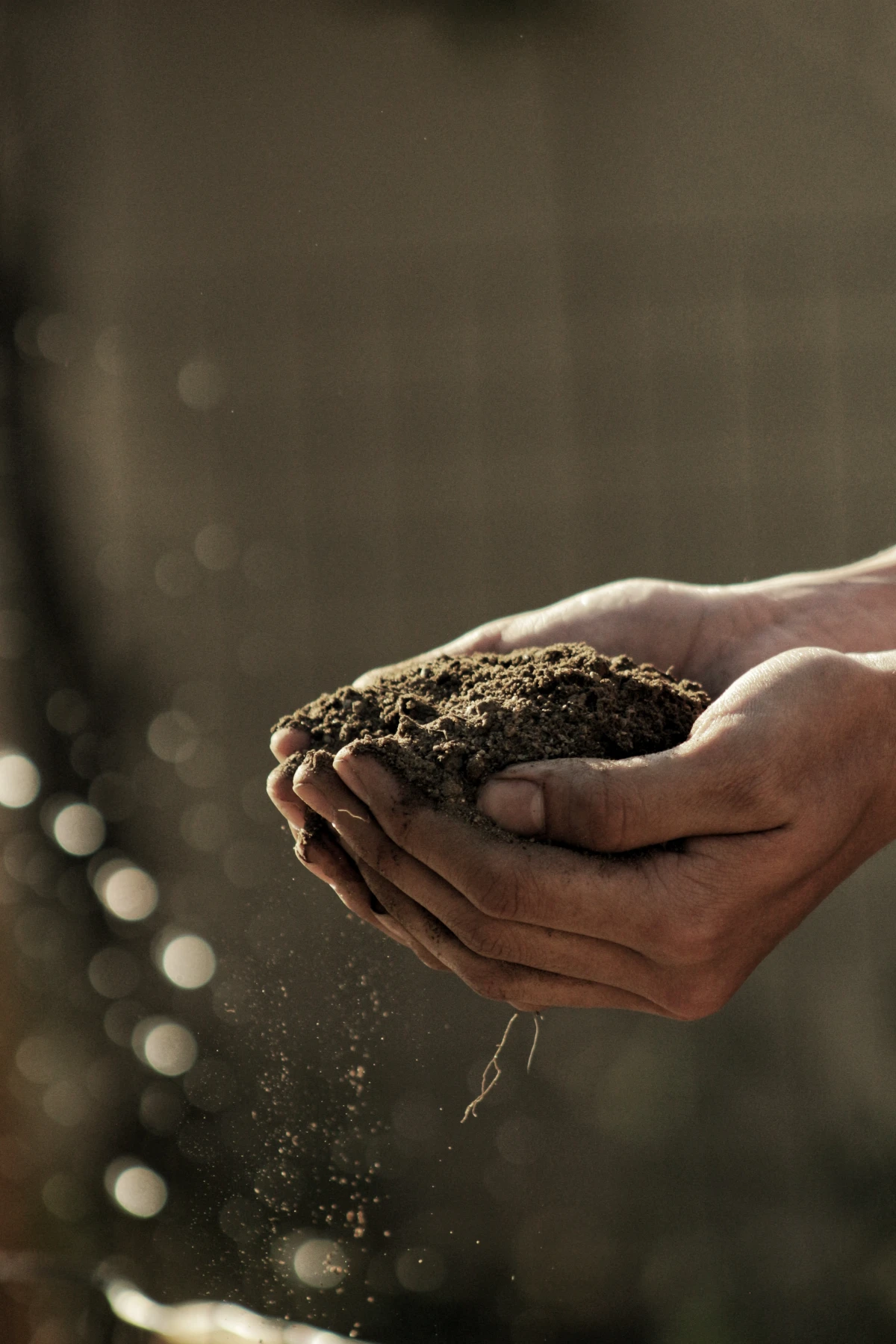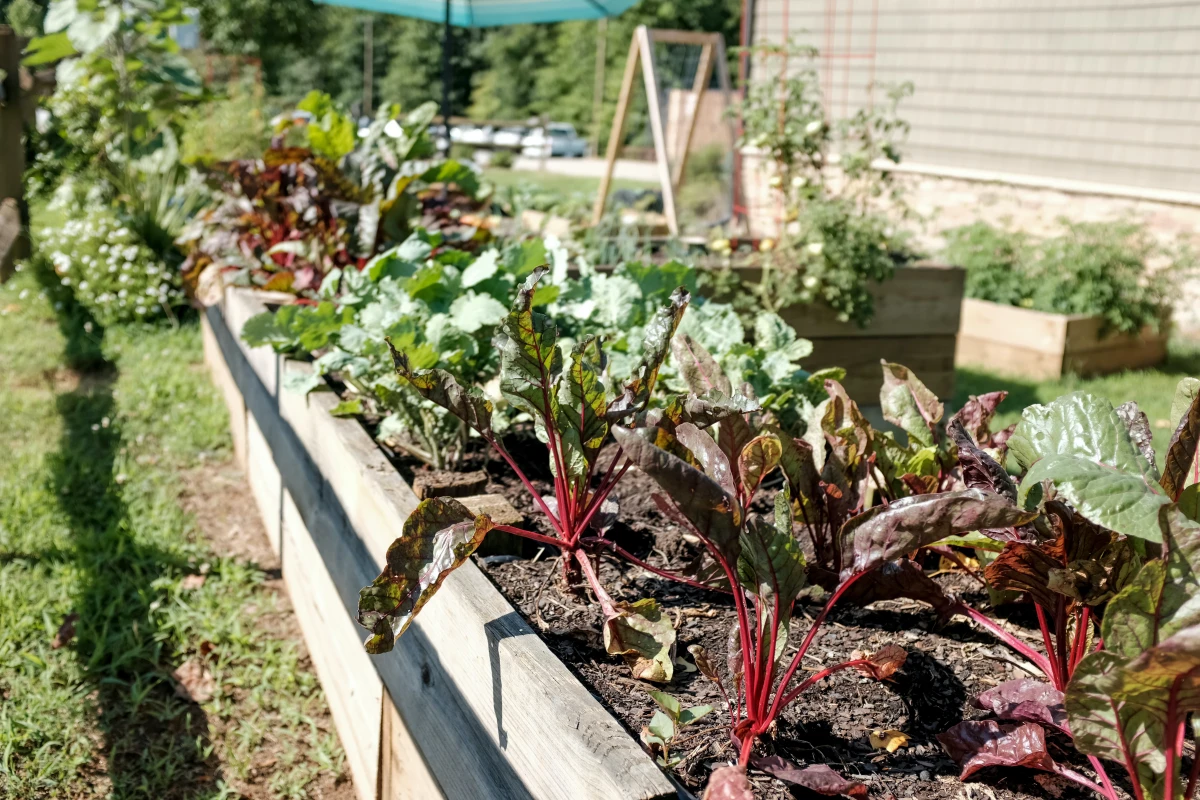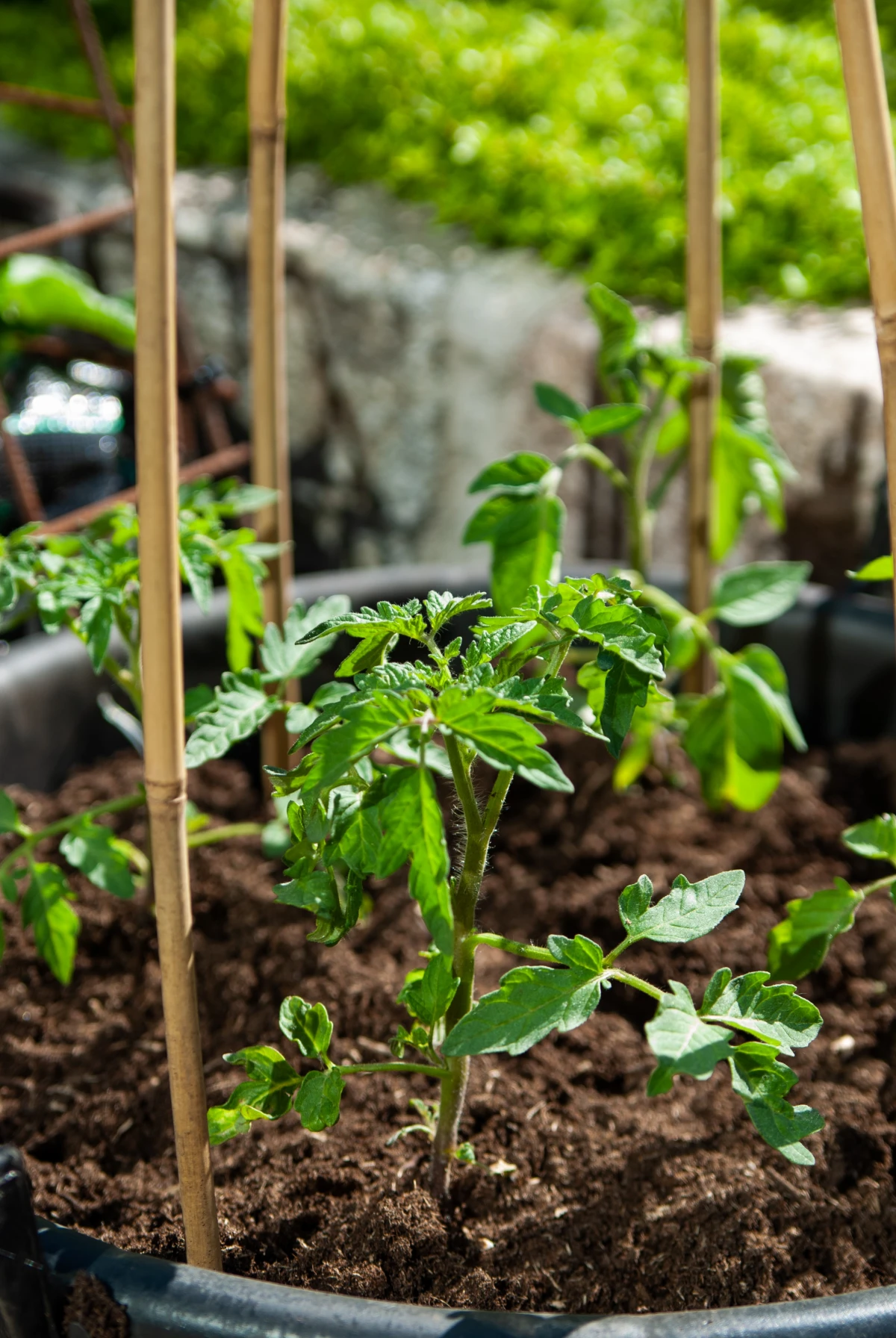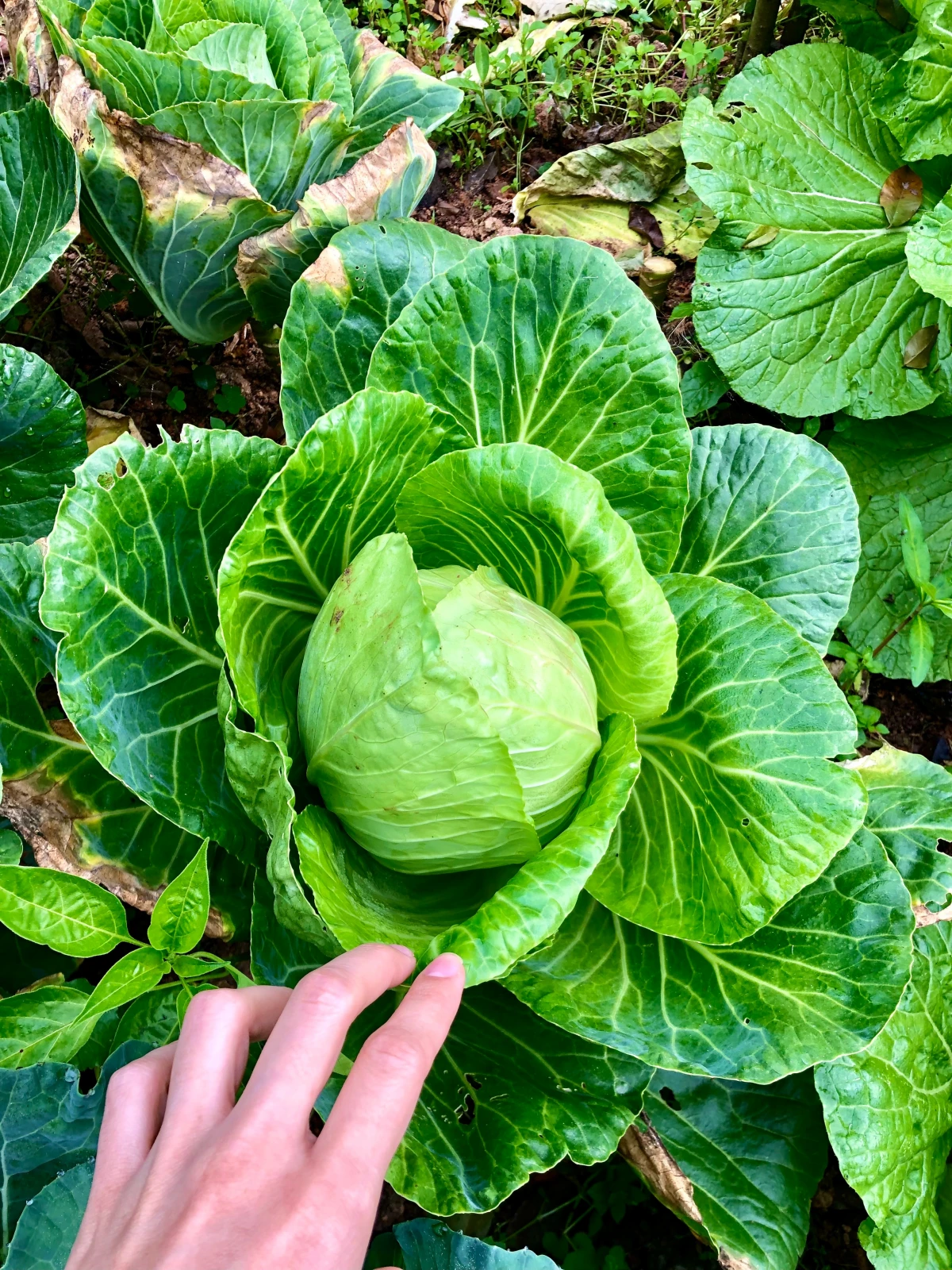How To Start A Vegetable Garden: 8 Useful Tips And Tricks
Oh, what a joy it is to have your very own vegetable garden. If you are thinking of starting one of your own, you have come to the right place. Growing your own veggies is a great way to have fresh produce on hand, save some money, enjoy better-tasting vegetables, and pursue a rewarding hobby. While starting your own home gardening may seem like a daunting task, it doesn’t have to be. You just need to take it one step at a time and learn all the tips and tricks you need beforehand. That’s why today we will give you expert knowledge on how to start a vegetable garden and make it thrive. With these tips you will be ready to start your garden in no time and soon reap the bountiful harvest and the other benefits.
Oh, what a joy it is to have your very own vegetable garden
In this article
How To Start A Vegetable Garden
Homegrown food taste a million times better than anything you can buy at the store, which is what makes growing your own vegetables so rewarding. All that time and love you put into the garden is worth it once harvesting time comes around. Gardening is a very rewarding hobby. While it does take some time and practice to get the hang of it, the harvest helps makes up for any struggles you had along the way. But before you take a chance and start your own veggie garden, check out the tips and tricks we have prepared for you. They will help make the experience go smoother and easier.
Homegrown food taste a million times better than anything you can buy at the store
#Start small
If this is your first dip into the gardening world then we recommend starting small. It will be much more rewarding to enjoy the produce of your small garden than be disappointed by the commitment and time spent on a big one. Plus, the bigger the garden, the more things can go wrong. With a smaller size garden you can learn the basics before investing a ton of money and time in this new hobby. You will also see how much produce is considered enough for your needs.
If this is your first dip into the gardening world then we recommend starting small
#Pick your favorite veggies
Instead of focusing on getting a ton of different things, we recommend choosing vegetables that you actually enjoy eating. Think what you like to eat or what do your family and friends like to eat. That should give you a pretty clear idea of what you can add to your garden. Plus, it will feel much more rewarding and nice to eat veggies that are grown by you and you actually like! There is no point in growing something for the sake of showing yourself you can do it and then not eating it because you dislike the taste.
We recommend choosing vegetables that you actually enjoy eating
#Find the perfect spot
Choosing the right spot is very, very important. Before you start planting, you first need to think where will this little garden of yours will be. In general, there are two basic requirements that your location needs to meet in order for your garden to be successful: water and light. You need a spot that has plenty of sun, as well as a spot with convenient water access. Then you need to think about layout. Will you be doing row cropping or intensive cropping? Research what would be best for the veggies you have picked to plant.
Before you start planting, you first need to think where will this little garden of yours will be
#Test your soil
Your soil is what nurtures your plants and helps them grow. In general, there are six main types of soil – sand, silt, chalk, peat, clay, and loam (which is a blend of slit, clay, and sand). For the veggies the best type of soil is loamy soil. If you are unsure if you have such soil or you are planting for the first time in an unused area, make sure to test the soil. You can get a soil kit from your local gardening store or do some DIY soil tests at home. The best loam soil ratio is 40% sand, 40% silt, and 20% sand. You add a variety of helpful addition to your soil (like compost and mulch) to help give it anything it may be lacking.
Your soil is what nurtures your plants and helps them grow
#Companion planting
Companion plants are vegetables that you can plant near each other in order to keep pests away, attract good insects, and stimulate growth. While you may think you can plant all types of vegetables next to each other, not all are suitable for companion planting. Putting some combinations of plants together can actually be harmful, as they will fight for nutrients and die out. Make sure to check out what companion plants would be best for each other before planting.
Putting some combinations of plants together can actually be harmful
#Compost and mulch
Composting is a wonderful way to make an amazing, natural soil amendment. Since compost contains a variety of fungi, bacteria, and minerals it is very beneficial to your plants. It is full of nutrients which help to promote a strong immunity in your plants helping them grown big and strong. Compost can also help expand your crop’s life. Mulching is also a great recourse for gardeners of all skill levels. There are different types of mulch, but most varieties share the same benefits. Mulch will help keep your plant roots warm, slow down soil erosion and help with moisture retention.
Composting is a wonderful way to make an amazing, natural soil amendment
#Don’t be afraid of pests
Pests trying to munch on your vegetable plants is something inevitable. However, you should not worry. This is something every gardener has to deal with. On the bright side, nowadays, there are plenty of ways you can deal with unwanted guests on your plants. You can use pesticides or insecticidal soap to keep bugs away or plant companion plants that repel certain pests. No matter what type of pest you are dealing with, there is always a solution.
Pests trying to munch on your vegetable plants is something inevitable
#Research
One of the tips we can give you is to always research if you have a question and are unsure how to proceed. Make sure you Google, read books, articles, magazines, ask your local gardeners, or call up your friends or family if they have a garden. Don’t be afraid to ask questions and seek out the answers you need. Research is the only sure way things will go smoothly.
Always research if you have a question and are unsure how to proceed
These were some useful tips and tricks on how to start a vegetable garden. We hope you found this article useful. Now you can create your dream veggie garden, make it thrive and enjoy its bountiful harvest.
These were some useful tips and tricks on how to start a vegetable garden
Related Articles
- How To Compost at Home: The Do’s and Don’ts
- 5 Valuable Vegetables You Can Regrow From Kitchen Scraps
- A Complete Guide To The Best Tomato Plant Support Methods
- 7 Easiest Vegetables To Grow In Your Garden
- Companion Planting: What Vegetables and Herbs Can Be Planted Together
- 10 Beneficial Insects You Want To See In Your Garden
- How To Prepare Garden Soil For Spring Planting: 5 Easy Steps
